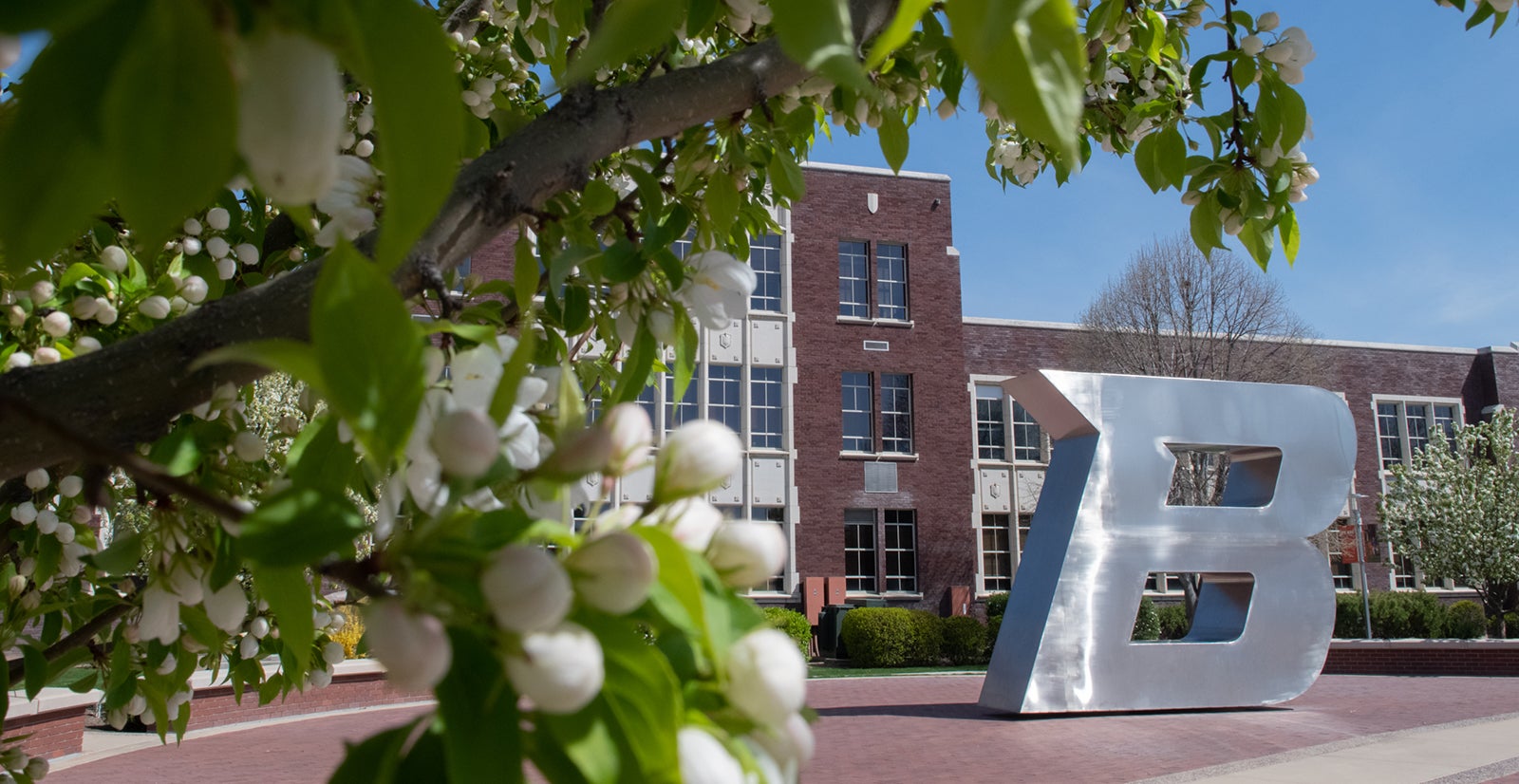
Students in the Department of Kinesiology are focusing on improving physical education (PE) programs across the Treasure Valley. This semester, and as schools shifted to online learning, clinical professor Ken Bell and his kinesiology students identified two major needs of local K-12 schools: virtual lesson plans and additional funding for PE equipment.
Bell’s PE methods class connected with PE teachers – many of whom are Boise State alumni and Bell’s former students – in the Boise and West Ada school districts. They found that these teachers are struggling to adapt their lessons within a virtual environment, especially for a subject that is intended for movement and in-person activities. So the students developed innovative, online curriculums that can be applied to K-12 programs.
“As isolated as we are right now, our students are building relationships with quality educators in the area,” said Bell. “And they’re making a difference.”
The virtual curriculums include lesson plans, objectives, PowerPoint modules and videos produced by the students that promote active learning. Bell says the students incorporated “wild ideas” that work for situations where in-person classes are not an option. These ideas consist of activities that can be done while simultaneously doing something else, such as safely jogging around the house to increase the heart rate while lunch is heating up in the microwave, or lessons that teach concepts like math or punctuation that also integrate physical education.
Prior to classes moving online, the students would spend one day a week teaching K-6 graders throughout the Boise School District. The opportunity still provides real-world experience for students who are preparing to become educators as they kept in touch with the schools through virtual meetings.
“You can learn so much in the classroom, but when you go out and teach first graders, there’s a big difference in knowing what to do and actually doing it,” Bell said. “My students ran with it and developed innovative, creative ideas that the school districts are interested in.”
Schools are constantly seeking additional funding. Bell’s organization and administration class, made up of 12 undergraduate PE majors, sought out and wrote grants for six schools based on their respective budget constraints. The grant applications then were distributed to the school districts, boards and principals for approval. Two of the six grants already have been funded, which will provide adapted PE equipment that supports students with disabilities at North Junior High School and Star Elementary School.
“Why make my students write grants as busy work? This is so much more meaningful,” said Bell.
Additional grants have been submitted for Skyview High School, Vallivue High School, Hillside Junior High School and Paramount Elementary School. Several of the grants focus on supplying heart rate monitors. Others are to replace old uniforms with new ones.
This is the first time that Bell incorporated the grant writing process into his curriculum but he hopes to expand the project, and its impact, moving forward.
“Our kinesiology students have close to a 100 percent hiring rate because of the experience and applied learning they get here,” he said. “They make a real difference both as students and in their careers.”
– by Matt Jones